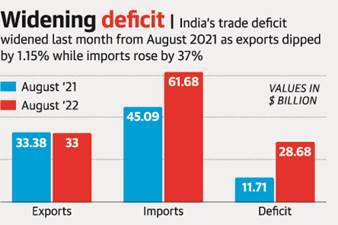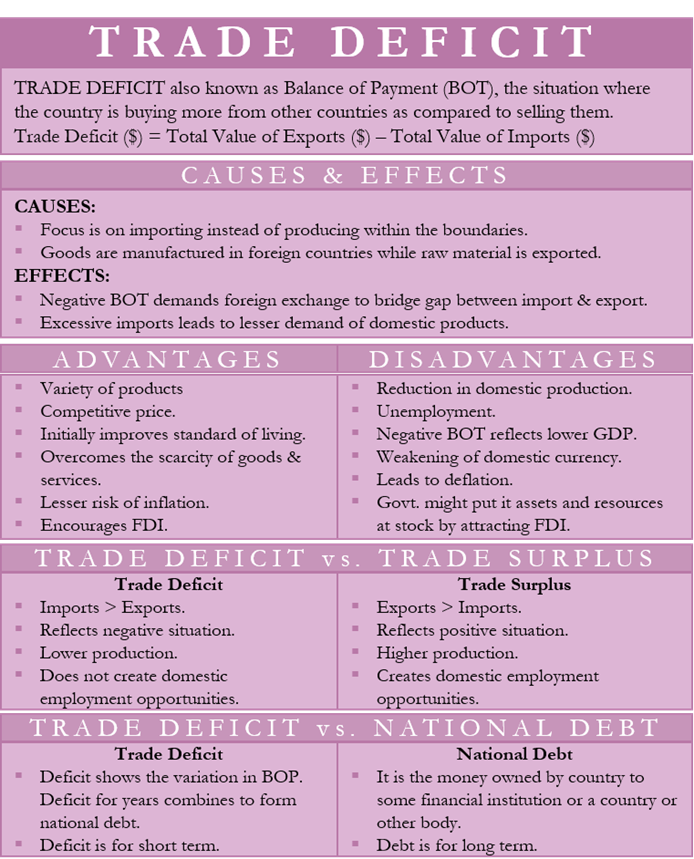Free Courses Sale ends Soon, Get It Now


Free Courses Sale ends Soon, Get It Now



Disclaimer: Copyright infringement not intended.
Context
Details

Potential Effects of a Trade Deficit
Here are some of the ways a trade deficit can affect a country’s economy.
Lower prices
Weakening currency:
Deflation:
Changes in employment:
Decrease in GDP:

© 2024 iasgyan. All right reserved